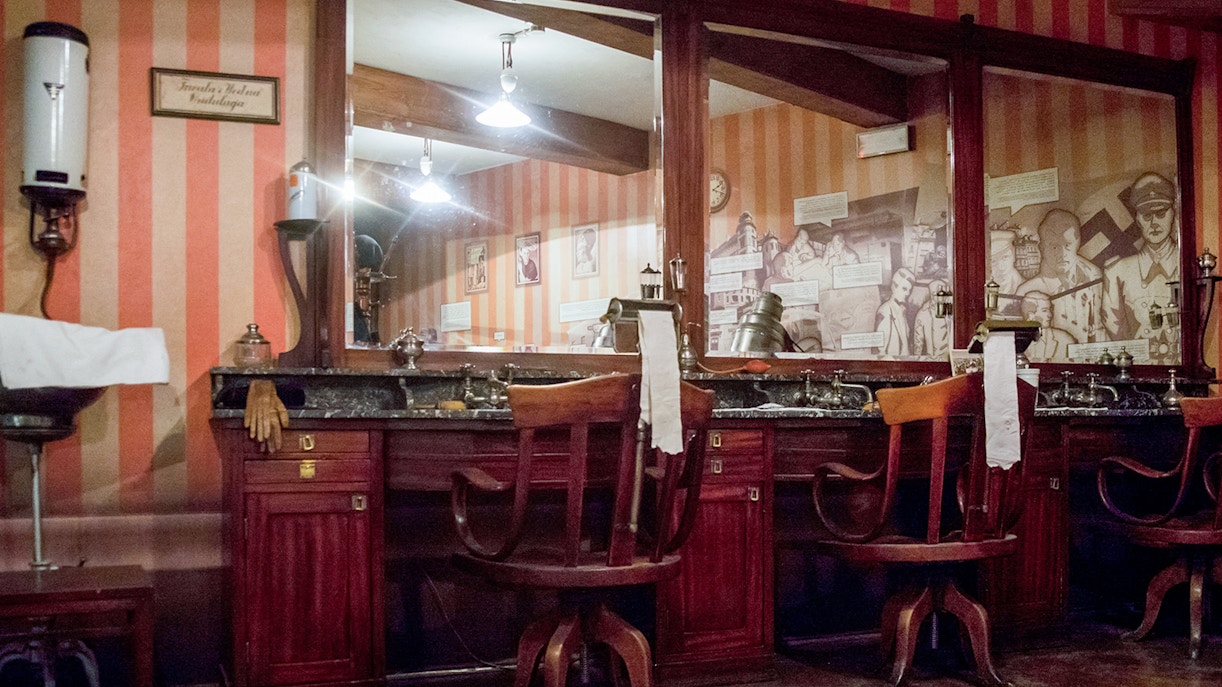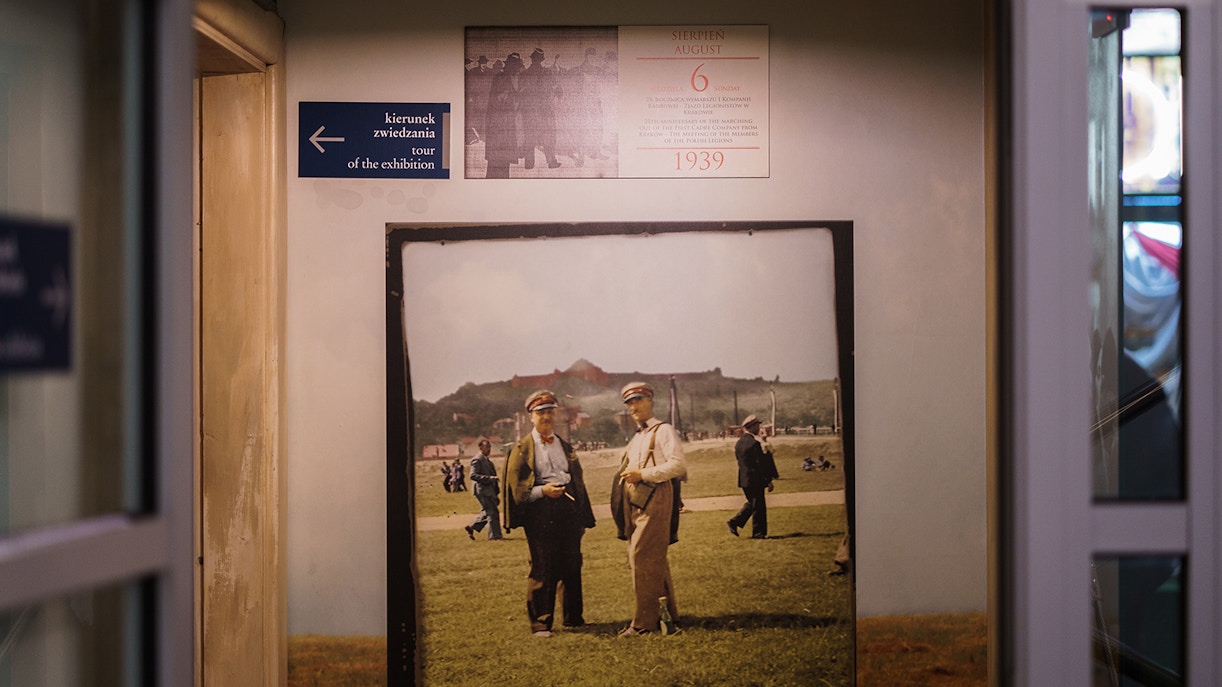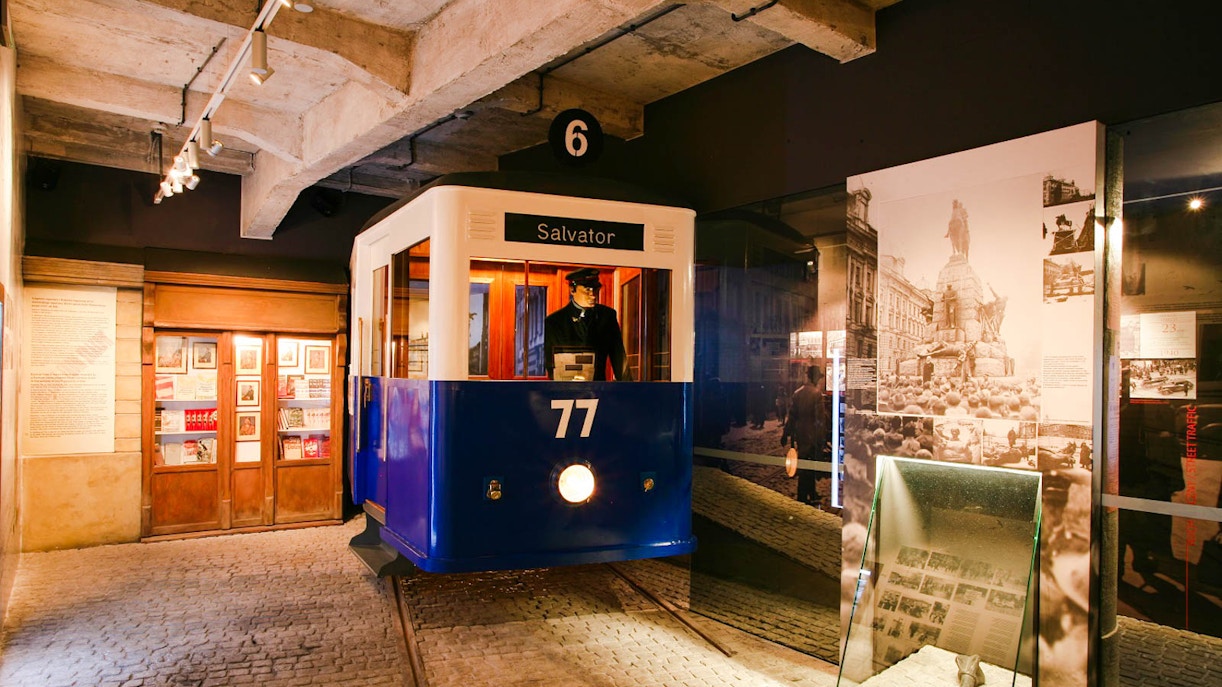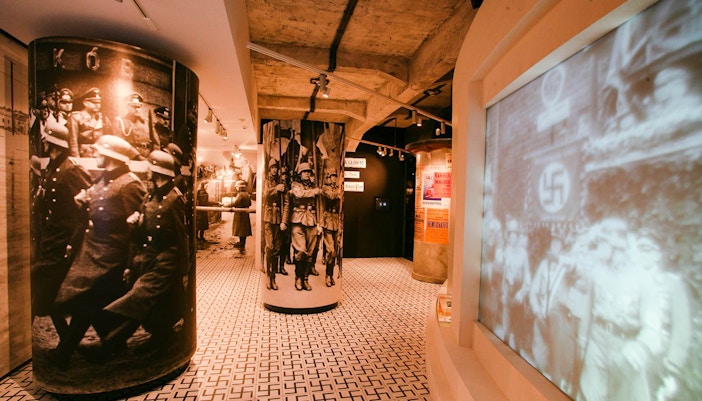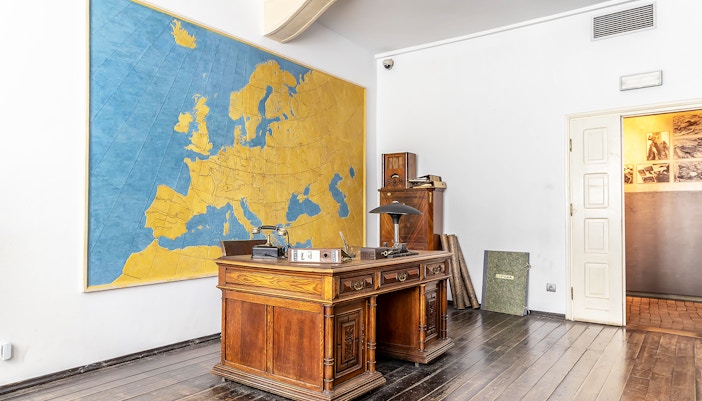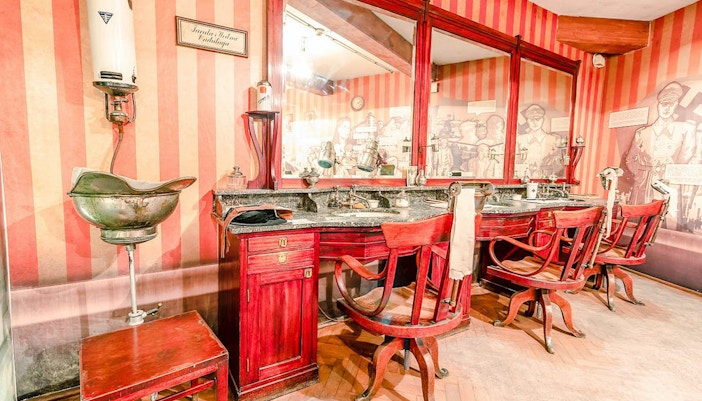The factory changed ownership multiple times before it finally fell into the hands of Oskar Schindler. The Polish name is Fabryka Emalia Oskara Schindlera, but the German name was Oskar Schindler's Deutsche Emailwarenfabrik (DEF). By also producing ammunition shells, Schindler’s factory was classified as an essential part of the war effort, enabling him to build a subcamp of the Płaszów forced labor camp within the premises. Here, the Jews in his employ had little to scarce contact with the camp guards.
Although Schindler was initially driven by economic reasons in hiring more Jews each year, his actions had a direct impact on increasing the number of Jewish workers who were saved, from over 150 Jewish employees in 1940 to around 1100 of them in 1944.

